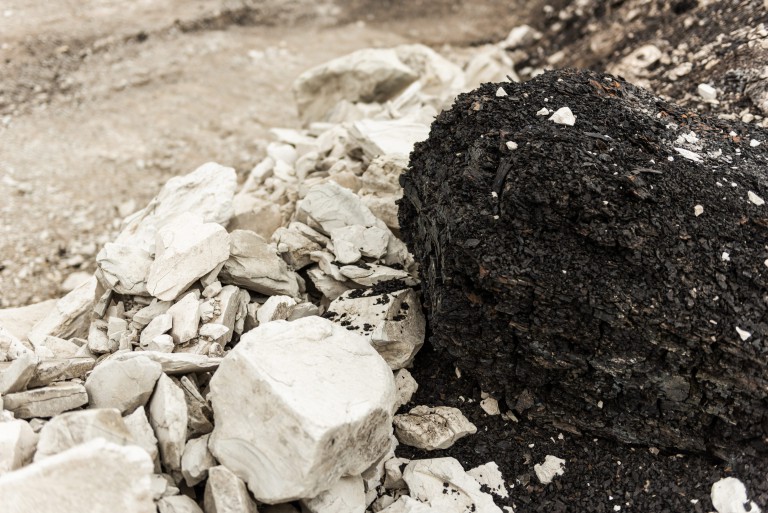Although not true of all species, termites are insects that can potentially be very destructive.
Termites, especially in Australia, are commonly known as “white ants” however, as a species, they are only distantly related to the ant and, in fact, are more closely related to cockroaches.
Termites have pale brown to white bodies with a darker head and no waist between their thorax and abdomen. The non-reproductive insects in the colony never develop wings, are blind, and have thin skin that makes them vulnerable to drying out. The reproductive individuals, on the other hand, have two pairs of wings, eyes and a thicker skin that better protects them from drying out.
Termites are similar to ants, bees and wasps in that they have segregated castes and divide labor among these casts. Similarly, they also take care of young collectively.
A termite colony can have a population ranging from several hundred to several thousand insects. These termites live and work together in order to survive. A colony contains nymphs (semi-mature young), workers, soldiers, and reproductive individuals of both genders, often including several egg-laying queens.
They primarily feed on dead plant material including wood, leaf litter, soil and animal feces. However, termites may also feed on damaged paper, books, insulation, and even swimming pool liners and filtration systems. While most people view termites as destructive creatures, only about 10% of the estimated 4,000 species are considered pests that can seriously damage buildings, crops or plantations. In fact, most termites are considered to be ecologically important, as they have the ability to recycle wood and other plant matter.
Termites that do feed on wood structures, crops and other valuable personal property are of great concern.
The discovery of winged termites indoors is the most tell-tale sign that you have an infestation in your home.
Termite swarmers are attracted to light and can often be seen around windows and doors. Swarmers that emerge from stumps, woodpiles and other locations in the yard may not be of concern however, if winged termites are seen emerging from the base of a foundation wall or adjoining porches and patios an infestation is likely.
Another sign of an infestation is mud tubes extending over foundation walls, support pillars, etc.
These mud tubes are typically the diameter of a pencil and used by worker termites to safely travel back and forth from the colony to the structure. In order to determine whether the infestation is active, break open a tube and check for the presence of any workers. If the tube is in use then an active infestation is present. However, even if the tube is vacant this does not mean that you do not have an infestation, as termites will often abandon a tube while they are raiding other parts of the structure.
Rippled or sunken wall coverings may also be an indication of termite damage.
The appearance of a termite may sometimes be confused with that of an ant however you can differentiate between the two by looking closely at the insect. Termites have straight, uniformed waits and wings that are all equal in size while ants have elbowed antennae, constricted waits and fore-wings that are larger than their hind wings.
Termite damage can be distinguished from moisture damage and that caused by other insects in that bits of dried mud or soil will line the hollowed out areas where the termites have been feeding.
It is common for infestations to go unnoticed, even if the wood is exposed, as termites usually leave the outer surface of the material that they are feeding on in tact.
Image by epidemiks


